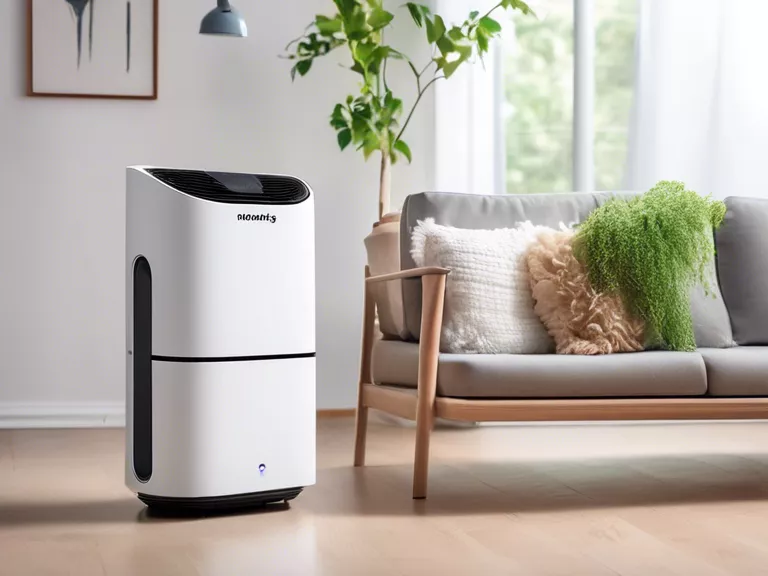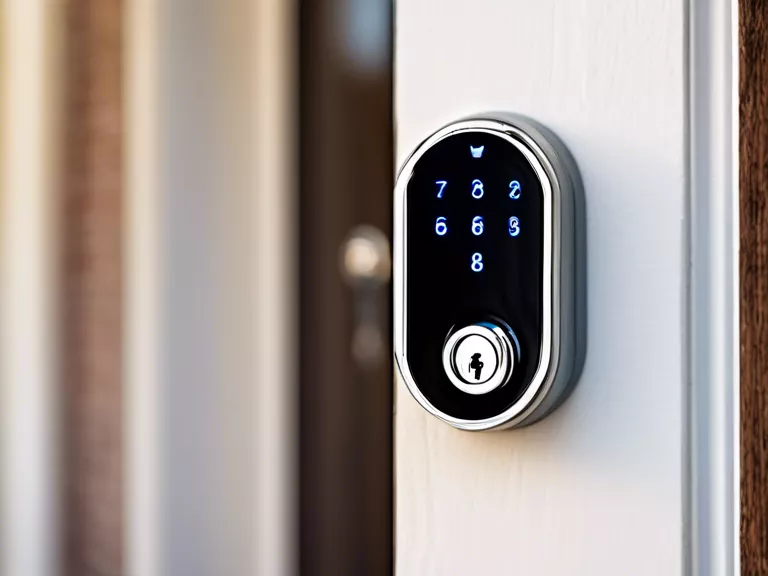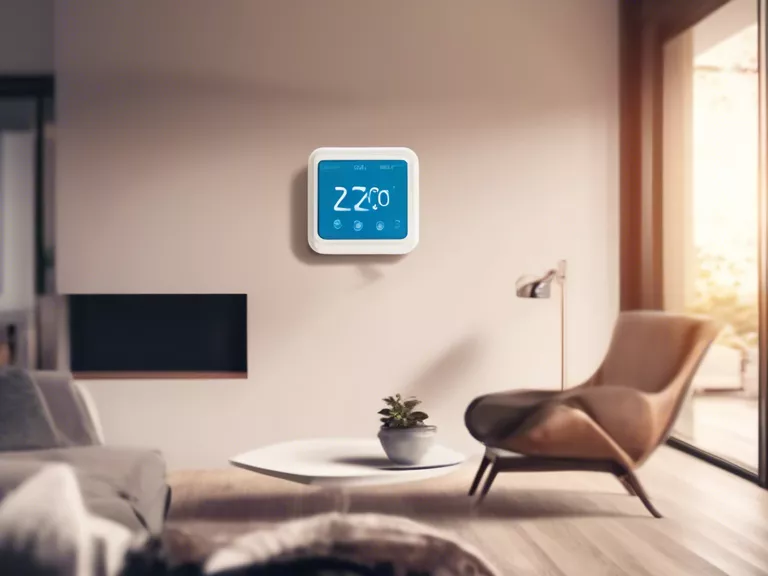
How Smart Air Purifiers are Improving Indoor Air Quality with Real-Time Monitoring
In recent years, the need for cleaner indoor air has become more apparent. With the rise of air pollution, allergens, and other harmful particles circulating indoors, many are turning to air purifiers to improve the air quality within their homes and workplaces. The latest advancement in air purifier technology is the development of smart air purifiers with real-time monitoring capabilities.
Smart air purifiers are equipped with sensors that continuously monitor the air quality in real-time. These sensors detect the presence of pollutants such as dust, smoke, pet dander, and volatile organic compounds (VOCs). Once these pollutants are detected, the smart air purifier automatically adjusts its filtration settings to effectively remove the harmful particles from the air.
One of the key benefits of smart air purifiers is the ability to track the air quality over time. Users can access this data through a mobile app, allowing them to monitor the improvements in indoor air quality and make adjustments as needed. This feature is especially useful for individuals with allergies or respiratory conditions, as it provides them with valuable insights into the air they breathe on a daily basis.
Another advantage of smart air purifiers is the convenience they offer. Users can remotely control the purifier settings, schedule cleaning times, and receive notifications when the filters need to be replaced. This level of automation simplifies the management of indoor air quality, making it easier for individuals to maintain a healthy living environment.
In conclusion, smart air purifiers with real-time monitoring capabilities are revolutionizing the way we improve indoor air quality. By leveraging technology to detect and remove pollutants efficiently, these devices are helping individuals create healthier indoor environments for themselves and their families.



